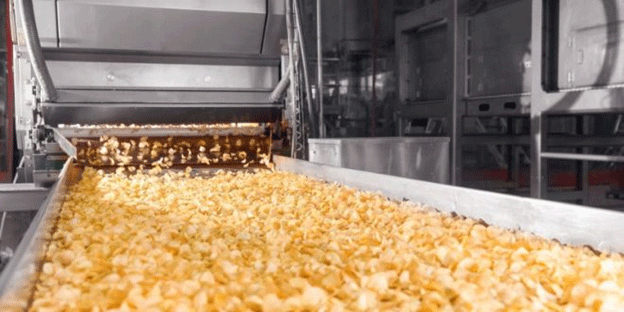The global market for food processing equipment is on the cusp of significant expansion. Forecasts predict a compound annual growth rate (CAGR) of 4.0% from 2024 to 2031, with the market value expected to rise from USD 53.69 billion in 2024. This growth is underpinned by several factors, including rising demand for processed foods in emerging economies and technological advancements that are revolutionizing the industry.
Rapid Growth in Asia Pacific
Asia Pacific stands out as one of the fastest-growing markets for food processing equipment. This growth is driven by increasing urbanization and a growing middle class in countries such as India, China, Indonesia, and Thailand. Consumers in these regions are increasingly opting for processed and convenient food products, thereby boosting demand for advanced food processing machinery.
Within Asia Pacific, China holds the largest market share for food processing equipment. The country’s extensive food manufacturing sector and its ongoing investments in modernizing food processing facilities are key contributors to this dominance.
Technological Advancements
Innovation in technology has been a cornerstone of growth in the food processing equipment market. Modern equipment now boasts features such as automation, robotics, and IoT (Internet of Things) integration, which enhance productivity, reduce waste, and improve overall efficiency.
Automated sorting and packaging systems, for example, use machine learning algorithms to sort and package food products with remarkable speed and accuracy. These systems significantly cut down on labor costs and minimize human error. Similarly, IoT-enabled sensors continuously monitor critical parameters like temperature, humidity, and pressure. This real-time monitoring facilitates proactive maintenance, thus reducing downtime and enhancing operational efficiency.
Emphasis on Sustainability
Sustainability is increasingly becoming a focal point in the food processing industry. Manufacturers are adopting eco-friendly equipment and practices to meet the growing consumer demand for sustainable products. Energy-efficient machinery, biodegradable packaging solutions, and waste reduction techniques are some of the measures being implemented.
This shift towards sustainability is not only beneficial for the environment but also helps companies comply with stricter environmental regulations and appeal to a more environmentally conscious consumer base.
Future Trends
Looking ahead, personalized nutrition is expected to become a major trend in the food processing industry. Advances in data analytics and AI are enabling the development of customized processing solutions tailored to individual dietary needs. This personalization is likely to drive demand for specialized equipment capable of producing bespoke food products.
Additionally, the rise of alternative protein sources, such as plant-based and lab-grown meat, presents new opportunities for equipment manufacturers. These emerging food segments require innovative processing techniques and machinery, opening up new avenues for growth and diversification.
The global food processing equipment market is poised for robust growth over the next decade, driven by burgeoning demand in the Asia Pacific region, technological advancements, and a strong emphasis on sustainability. As the industry evolves, manufacturers will need to continue innovating and adapting to new trends, such as personalized nutrition and alternative proteins, to stay competitive and meet the changing needs of consumers.








